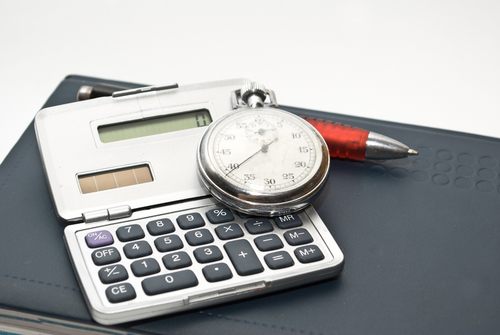Thousands of years ago, people still liked fresh breath and a shiny smile. Tribal people used sticks to clean their teeth, and over time, this evolved into a Chinese hog-hair toothbrush. Today, we prefer a cleaner and more effective option ;-).
Choosing Your Tools
• Never buy a toothbrush with hard bristles.
• Make sure your toothbrush’s size suits your mouth.
• Electric toothbrushes can be more effective than manual styles.
• Use an ADA-approved fluoride toothpaste.
• Use a tongue scraper or gentle brushing to clean plaque from your tongue.
• Find floss that works for you – there’s flat, round, waxed, non-waxed, minty, and even pre-strung picks.
Tips for Brushing
• Brush morning and night – and after meals, if you like.
• Brush for two minutes at each session.
• If you can’t brush after meals, rinse with water.
• Replace your toothbrush every two to four months and after an illness.
• Microwave your damp toothbrush for one minute every month to kill bacteria. Continue reading More than You Ever Wanted to Know about Brushing Your Teeth
 Between the food, family, and festivities this season brings, take a moment to consider how you can make the most of your benefits before year’s end.
Between the food, family, and festivities this season brings, take a moment to consider how you can make the most of your benefits before year’s end. susceptible to gum disease, or is it the other way around? In recognition of National Diabetes Month, the International Diabetes Federation (IDF) has released some new guidelines on oral health for people with diabetes.
susceptible to gum disease, or is it the other way around? In recognition of National Diabetes Month, the International Diabetes Federation (IDF) has released some new guidelines on oral health for people with diabetes. Many people avoid dental visits because of anxiety, stress, or fear. If you don’t like visiting the dentist, but sedation dentistry would be overkill, consider these tips:
Many people avoid dental visits because of anxiety, stress, or fear. If you don’t like visiting the dentist, but sedation dentistry would be overkill, consider these tips: